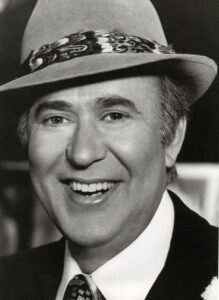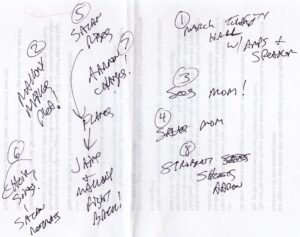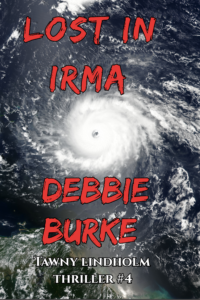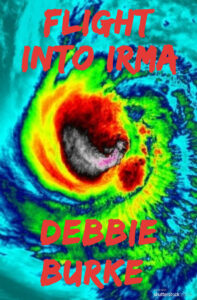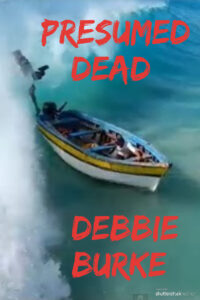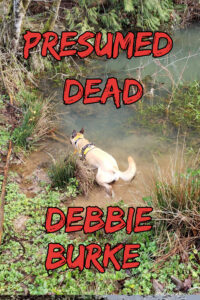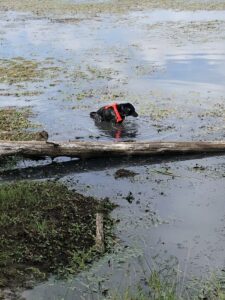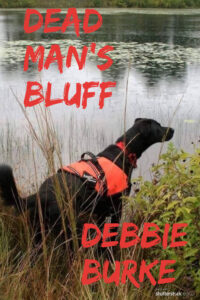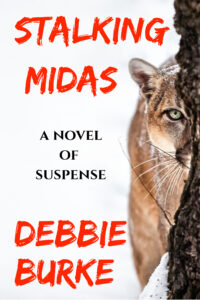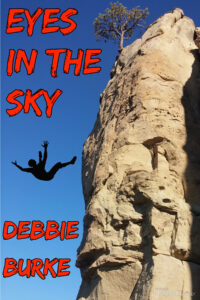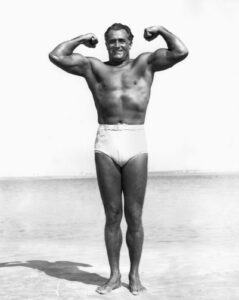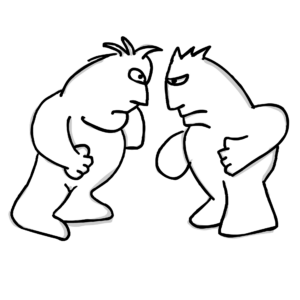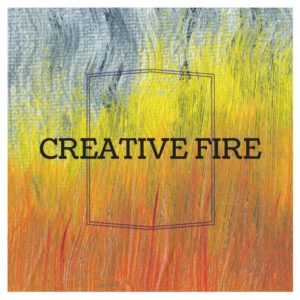Recently I’ve been recentering myself on creativity and the creative side of writing. I just finished Elizabeth Gilbert’s Big Magic, which discusses creativity and the creative process, and decided to dive into the KZB archives for more wisdom on creativity.
Unsurprisingly, I hit paydirt.
First up is Joe Moore on the qualities of creative personalities. Then, James Scott Bell talks about both creative time and how it can help keep your brain youthful. Finally, Garry Rodgers lays out how to behaviors that help creativity and those which hinder it.

There has been active debate on whether creative genius is dependent on mental illness or insanity. This debate continues further by stating that madness alone cannot suffice as Source for creativity. Nay, nay. An openness to experience, intelligence and wisdom complete the mysterious formula. They are actually writing papers on the subject. The bottom line: Creative people make creativity a way of life.
We can all name artists, musicians, writers, scientists, etc. who inspire us with their fascinating and divergent thinking. (Look at our own Basil Sands, for goodness sake.) The argument for creative personalities presented by Hal Lancaster during the late 90’s in The Wall Street Journal stated six basic qualities exist:
- Keen powers of observation.
- Restless curiosity.
- An ability to recognize issues that others miss.
- An ability to generate numerous ideas.
- Persistently questioning the norm.
- A talent for seeing established structures in new ways.
Do you see yourself in any or all of the above? I do, which is fun. But, what really appeals to me is the recurring theme of madness in creative beings. After all, if you’re considered a little crazy you need no excuses for your behavior. I like that.
Joe Moore—January 31, 2012
I have long taught the discipline of a weekly creativity time, an hour (or more) dedicated to pure creation, mental play, wild imaginings. I like to get away from my office for this. I usually go to a local coffee house or a branch of the Los Angeles Library System. I also like to do this work in longhand. I mute my phone and play various games, like:
The First Line Game. Just come up with the most gripping first line you can, without knowing anything else about what might come after it.
The Dictionary Game. I have a pocket dictionary. I open it to a random page and pick a random noun. Then I write down what thoughts that noun triggers. (This is a good cure for scene block, too.)
Killer Scenes. I do this on index cards, and it’s usually connected to a story I’m developing. I just start writing random scene ideas, not knowing where they’ll go. Later I’ll shuffle the stack and take out two cards at a time, and see what ideas develop from their connection.
The What If Game. The old reliable. I’ll look at a newspaper (if I can find one) and riff off the various stories. What if that politician who was just indicted was really an alien from a distant planet? (Actually, this could explain a lot.)
Mind Mapping. I like to think about my story connections this way. I use a fresh blank page and start jotting.
After my creativity time I find that my brain feels more flexible. Less like a grouchy guy waiting on a bench for a bus and more like an Olympic gymnast doing his floor routine.
Now, I’m going to float you a theory. I haven’t investigated this. It’s just something I’ve noticed. It seems to me that the incidence of Alzheimer’s among certain groups is a lot lower than the general population. The two groups I’m thinking of are comedians and lawyers.
What got me noticing this was watching Carl Reiner and Mel Brooks being interviewed together, riffing off each other. Reiner was 92 at the time, and Brooks a sprightly 88. They were both sharp, fast, funny. Which made me think of George Burns, who was cracking people up right up until he died at 100. (When he was 90, Burns was asked by an interviewer what his doctor thought of his cigar and martini habit. Burns replied, “My doctor died.”)
So why should this be? Obviously because comedians are constantly “on.” They’re calling upon their synapses to look for funny connections, word play, and so on. Bob Hope, Groucho Marx (who was only slowed down by a stroke), and many others fit this profile.
And I’ve known of several lawyers who were going to court in their 80s, still kicking the stuffing out of younger opponents. One of them was the legendary Louis Nizer, whom I got to watch try a case when he was 82. I knew about him because I’d read my dad’s copy of My Life in Court (which is better reading than many a legal thriller). Plus, Mr. Nizer had sent me a personal letter in response to one I sent him, asking him for advice on becoming a trial lawyer.
And there he was, coming to court each day with an assistant and boxes filled with exhibits and documents and other evidence. A trial lawyer has to keep a thousand things in mind—witness testimony, jury response, the Rules of Evidence (which have to be cited in a heartbeat when an objection is made), and so on. Might this explain the mental vitality of octogenarian barristers?
There also seems to be an oral component to my theory. Both comedians and trial lawyers have to be verbal and cogent on the spot. Maybe in addition to creativity time, you ought to get yourself into a good, substantive, face-to-face conversation on occasion. At the very least this will be the opposite of Twitter, which may be reason enough to do it.
James Scott Bell—July 8, 2018
Improving creativity starts with a foundation of subject knowledge, learning a discipline, and mastering a proper way of thinking. You build on your creative ability by experimenting, exploring, questioning assumptions, using imagination, and synthesizing information. Learning to be creative is like learning a sport. You need a desire to improve, develop the right muscles, and be in a supportive environment.
You need to view creativity as a practice and understand five key behaviors:
- Associating—drawing connections between questions, problems, or ideas from unrelated fields.
- Questioning—posing queries that challenge common wisdom.
- Observing—scrutinizing the behavior of others in, around, and outside your sphere.
- Networking—meeting people with both common and different perspectives.
- Experimenting—constructing interactive experiences and provoking unorthodox responses to see what insights emerge.
Read this as — listen, watch, ask, mingle, and stir. Sir Richard Branson has a mantra that’s bred into the corporate DNA of his Virgin staff — A-B-C-D — Always Be Connecting Dots. Branson swears that creativity is a practice and if you practice these five behaviors every day, you will improve your skills in creativity and innovation.
Now, if these five behaviors put you in the right direction for improving creativity, then there must be behaviors to avoid. I found eight:
- Lack of courage—being fearful of taking chances, scared of venturing down new roads, and timid about taking the road less traveled. Fear is the biggest enemy of creativity. You need to be courageous and take chances.
- Premature judgment—second-guessing and early judgment of outcome severely restrict your ability to generate ideas and freely innovate. Let your initial path expand and follow it to its inevitable destination.
- Avoidance of failure—you can’t be bold and creative if you fear failure. Creativity requires risk and making mistakes. They’re part of the process.
- Comparing with others—this robs your unique innovation and imagination. Set your own standards. Be different. Something new is always different.
- Discomfort with uncertainty—creativity requires letting go and the process doesn’t always behave rationally. Accept that there’s something akin to paranormal in real creativity.
- Taking criticism personally—feedback is healthy, even if it’s blunt and harsh like 1&2-Star Amazon reviews. Ignore ridicule. Have thick skin, a tough hide, and don’t let criticism get to you.
- Lack of confidence—a certain level of uncertainty comes with any new venture. Some self-doubt is normal but if it becomes overwhelming and long-lasting, it will shut down your creative abilities. The best way to create is to first connect with your self-confidence.
- Analysis paralysis—overthinking renders you unable to make a decision because of information overload. “Go with your gut” is the answer to analysis paralysis.
Aside from positive and negative behaviors, there is one overall and outstanding quality that drives successfully creative people.
Passion…
Passion is the secret to creativity. It’s the underlying feature that’s laced the successes of all prominent creators in history.
Garry Rodgers—June 29, 2023
***
- What qualities do you believe creative people possess?
- What ways do you like to let your creativity play?
- What behaviors have helped your creativity? What ones have hindered you?



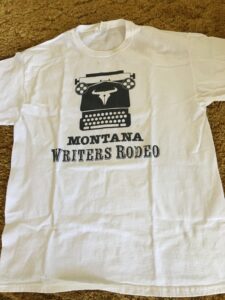
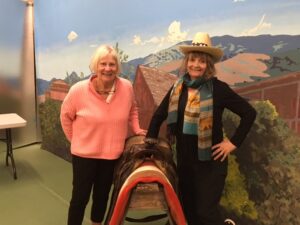
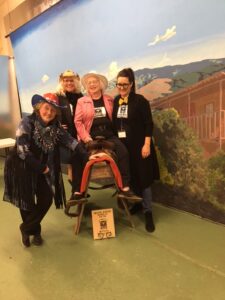
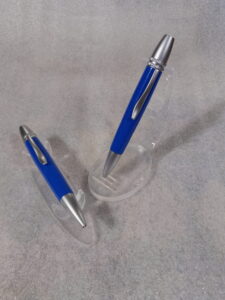

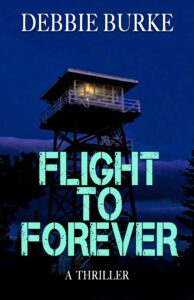

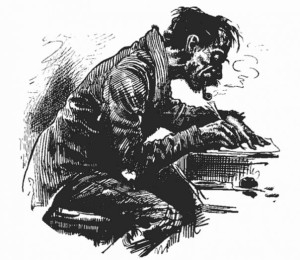 It is my great pleasure today to do my part to bring us closer to a modicum of peace between two vexatious parties. No, not those parties. I’m talking about the Hatfields and Mc…wait, I mean the plotters and the pantsers. For I am about to offer a systematic approach to beginning a novel that has the potential to do what we all aim for—sell like dang hotcakes!
It is my great pleasure today to do my part to bring us closer to a modicum of peace between two vexatious parties. No, not those parties. I’m talking about the Hatfields and Mc…wait, I mean the plotters and the pantsers. For I am about to offer a systematic approach to beginning a novel that has the potential to do what we all aim for—sell like dang hotcakes!